Tips & Tricks for Setting Background
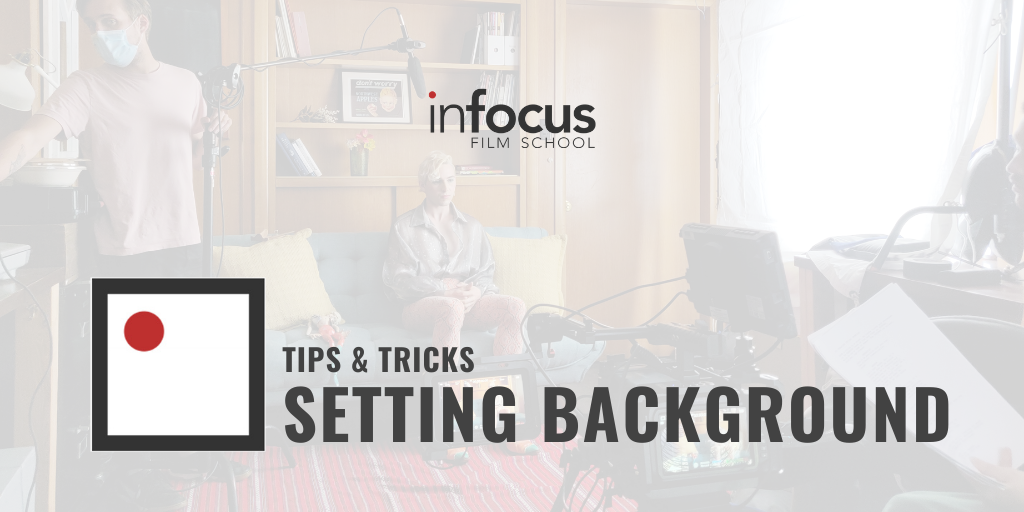
By Julia Courtenay
Part of the job of the Assistant Directors is setting Background (the non-speaking performers who create the atmosphere, a.k.a. “extras”). Background is as essential to the scene as any other element. A badly set background can be distracting and suck the life out of the scene. Done well, the Background enriches and creates a sense of authenticity.
Last week, we talked about how to start working as a Background Performer. This time, let’s look at what Background means for ADs!
Setting Background is as much an art form as lighting or dressing a set. But you often only have a few minutes to put the Background in place, so you need to be prepared.
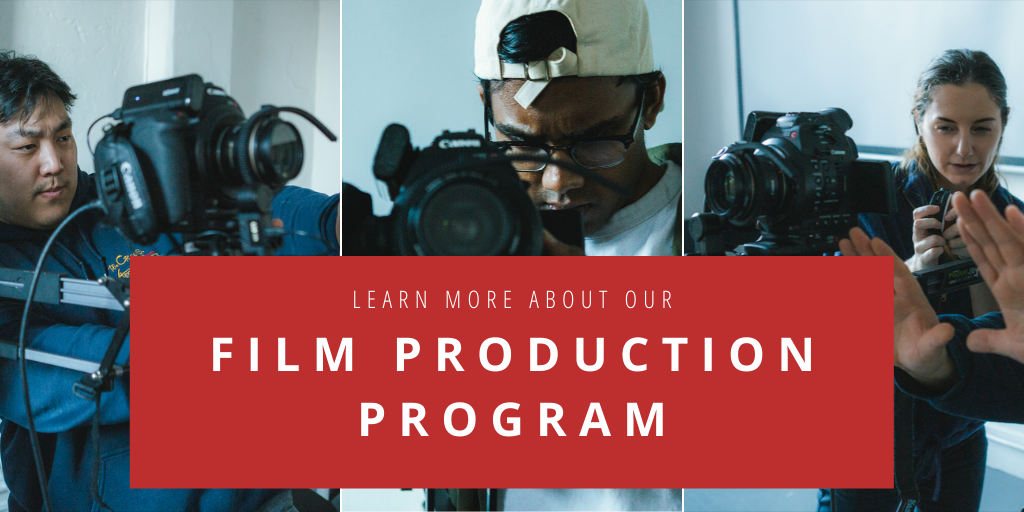
Click here to learn more about InFocus Film School’s Film Production Program!
AHEAD OF TIME
- Do your homework.
- Draw ideas from watching TV and people watching in public. Store interesting ideas and take notes so that, when it comes to setting background, you have a full bank of ideas to pull from.
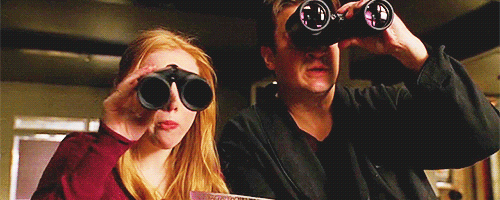
- Research.
- This is different from collecting ideas. You’re in charge of making the scene authentic, which means you need to know the procedures of the courtroom/emergency room/bomb squad.
- Plan props in advance.
- To save the props department from having to bring hundreds of props for background, ask each background performer to bring one or two items with them—suitcases, bikes, pets, cars, anything really. Problem solved(Note: there should be reimbursement for some bigger, more specialized items.)
- Be creative with the props.
- Sure, school kids have backpacks, but throw in a volcano project, some instruments, sports gear, art portfolios as well. Think beyond the basics!
- If the background performers are bringing their own wardrobe, request several options in style and colour.
- This way, you can use them multiple times with different looks, plus avoid awkward colour/style clashes with others in the scene.
- Make sure you’re hiring suitable background performers.
- A lot of background is ND (non-descript), but when you need a specific look (e.g. biker bar, military, diplomats), at least check the photos ahead of time to see if the performers fit. For key and recurring background, you’ll want to bring them in and meet them ahead of time. Mismatches can cost you a lot later.

BEFORE THE SCENE
- Review “mute/silent action” with your background.
- To avoid problems with the sound tracks, background performers should walk, use props and set decoration noiselessly, and mime any talk (not even whisper or murmur) unless told otherwise.
- Remind performers to work only with the Assistant Directors and Background Coordinators.
- Chatting with Directors, crew, and main cast can cause irritation and even create union difficulties. No one wants to be distracted on set!
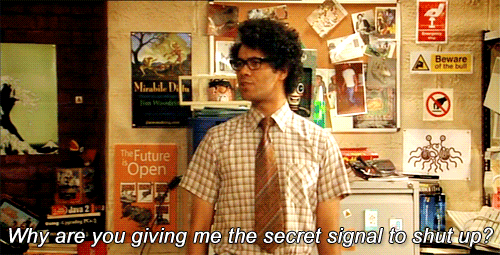
- Give a run-down of the scene ahead of time, so performers can prepare themselves.
- While the crew is setting up lights/cameras, watch the blocking and camera angles to plot out where to set your Background for maximum effect.
- Plan ahead to give rehearsal time for any special props.
- For example: props for an ENG camera crew, police SWAT team raid, emergency room team etc. If needed, bring in an expert to assist for realism—they can also be in the scene as Special Skills!
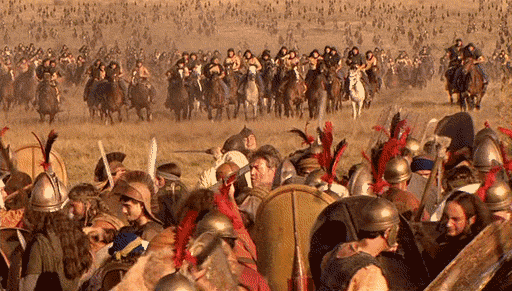
DURING THE SCENE
- Place your strongest, most experienced background performers closest to the main action.
- Unless you want some hilarious moments like these.
- Keep it interesting.
- Vary the pacing, groups, and mood of the background with scenarios for the groupings—variety is the spice! Make the background interesting but not so interesting that it distracts. A couple erupting into a fight in the background takes the focus away from the actors.
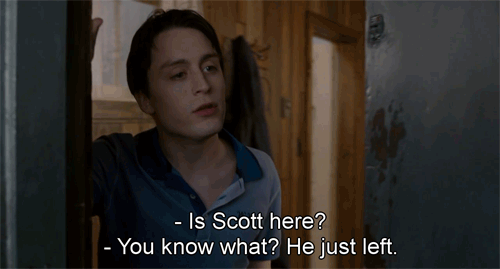
- Keep movement consistent between shots.
- If there’s lots of action in the master, plan some for the coverage (even if the shots are tight and looking in different directions). Otherwise, the shots won’t feel visually consistent when edited together.
- When you don’t have much background to work with, invent reasons for them to linger in your scene.
- In the long restaurant scene in Being There (1979), there were only so many “crosses” that could happen. Their solution was to put a buffet table in the background that provided more opportunities and reasons to keep the background alive.
- If you’re really low on numbers, use clothing changes.
- Background can walk out of frame, throw on a hat and coat and walk back into the shot.
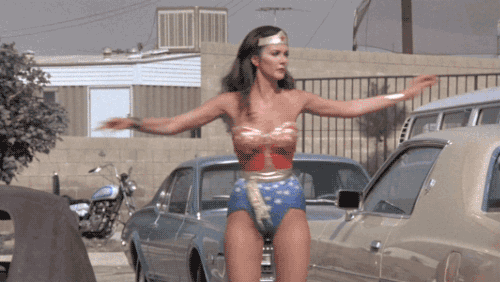
Want to see some phenomenal background action? Check out this Dunkirk beach scene from Atonement. You’ll see Background of over a thousand in one 5 minute Steadicam shot.
BACKGROUND CONTINUITY
Despite the name, background continuity is the Assistant Director’s job, NOT the Script Supervisor’s.
- Use events and dialogue to cue BG (Background) actions.
- This way, you’ll be sure actions are done the same way every time. It also solves the problem of BG missing cues or not being able to see and makes it easier for the ADs to get the cues right, take after take.
- For example: when actor A walks past the desk, this cues the clerk to lean over and talk to their colleague. Or when actor B says the line “I can’t believe it,” this cues the waiter to cross from the bar to the table.
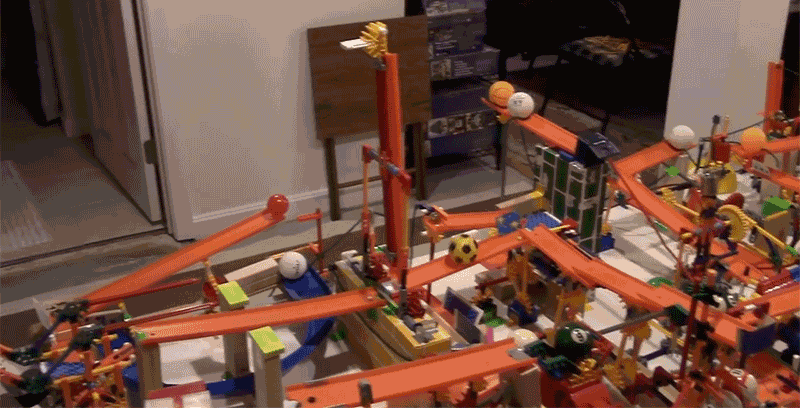
- Mark those cues in your script.
- By marking the cues, you can just tick them when done correctly and cross them if missed. It’s easier than trying to note it all down every time!
- Track positions in a scene with notes on a set sketch and the script.
- Make a quick set sketch and plot the Background starting positions. Draw arrows to show where the performers move during the scene. Then, on your script, use arrows and initials on the dialogue to indicate when they stand up, sit down, or move left or right etc. Now if there’s a pick up, you can track exactly where anyone was at any point in the scene.
- If you have the chance, you can also record the sequence on your own camera and use playback to maintain continuity.
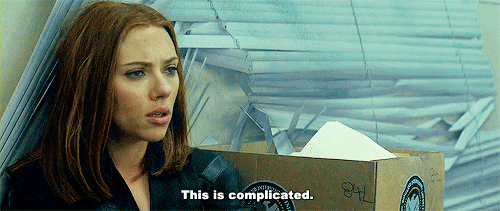
AFTERWARDS
Last but not least, always make sure the crew appreciates the contribution your Background has made to the scene. Offer the performers thanks and a round of applause when they’re finished!
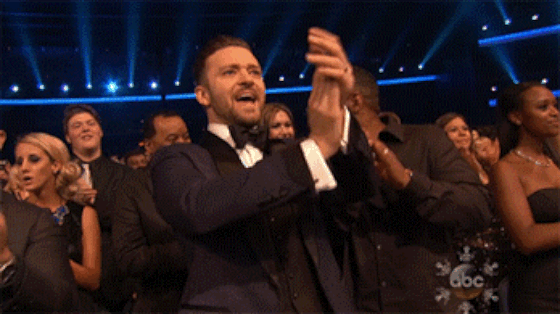
If you want a quick rundown of the responsibilities of an Assistant Director, read through our introduction to Assistant Directing.
We’ll also be running our Movie Scheduling for ADs and Producers workshop again in 2018—follow us on Facebook or Twitter for updates!





